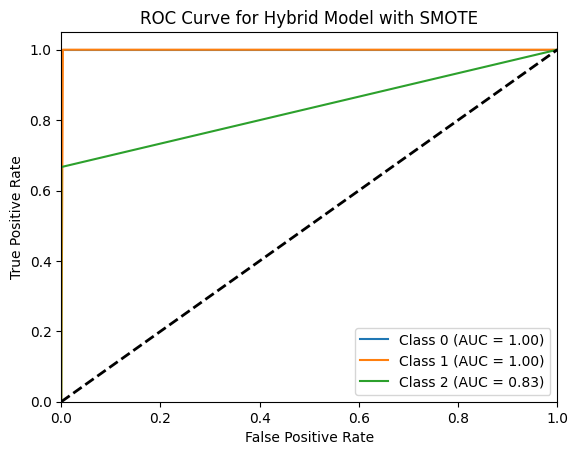Transformative approach in Lassa fever diagnostics: an innovative integrative strategy for early detection and outcome prediction
Keywords:
Lassa fever, Hybrid machine learning, Diagnostic models, Risk predictionAbstract
Lassa fever remains a critical public health concern in West Africa, with Nigeria facing the highest burden. Timely and accurate diagnosis is essential for reducing mortality and controlling outbreaks, yet existing diagnostic methods are often ineffective due to resource constraints and limited capacities to handle complex datasets. This study develops and evaluates a hybrid machine learning model to improve the early detection and risk prediction of Lassa fever using Nigerian patient datasets. The research employs three robust base models—Random Forest, LightGBM, and XGBoost optimized individually and then integrated into a stacked hybrid model for enhanced prediction accuracy. Model performance is assessed using metrics such as accuracy, precision, recall, F1-score, and AUC-ROC curves. The results demonstrate that the hybrid model outperforms individual machine learning models, achieving significant improvements in precision and recall for the minority class. Feature importance analysis highlights key clinical predictors, such as fever duration and hemorrhagic symptoms, for distinguishing patient outcomes. These findings underscore the potential of hybrid machine learning frameworks in addressing diagnostic challenges for infectious diseases in resource-limited settings. This study presents a scalable approach for data-driven diagnostics, offering meaningful advancements in public health interventions and disease monitoring systems.

Published
How to Cite
Issue
Section
Copyright (c) 2025 Denis U. Ashishie, Endurance O. Obi, Osowomuabe Njama-Abang, Ahena I. Bassey

This work is licensed under a Creative Commons Attribution 4.0 International License.
How to Cite
Most read articles by the same author(s)
- Osowomuabe Njama-Abang, Denis U. Ashishie, Emmanuel A. Edim, Moses A. Agana, Development of a visual analogy model using transfer learning techniques , African Scientific Reports: Volume 4, Issue 3, December 2025 (In Progress)




